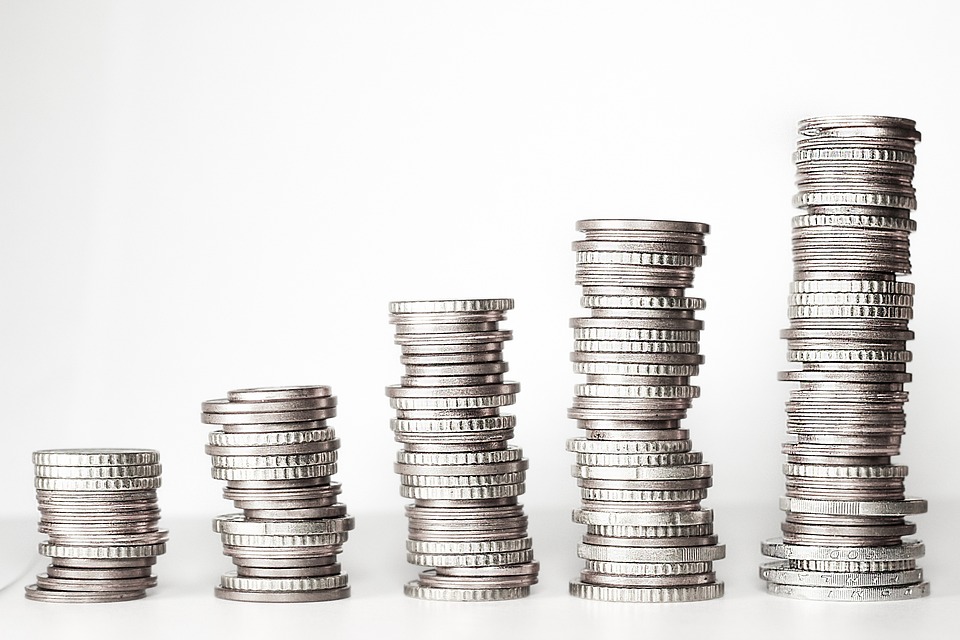Resilience. Manic Metals Report
The US stock market in the dollar is showing resilience in the aftermath of the assassination attempt on President Donald Trump. The market is pricing in the increasing likelihood of a return to President Donald Trump to the presidency, assuming that somebody doesn’t kill him before he gets there.
Gold prices were expected to put in risk premium after the assassination attempt on President Donald Trump but because most of the details about the shooter came out before the market opened on Sunday night’s the action on risk aversion was muted the market that seems to be getting more attention at least early on in the metals complex is copper.
Copper seems to live and die with China. Copper is weakening as the Wall Street Journal reported that China’s economy slowed sharply in the second quarter, piling pressure on the country’s leaders to act more aggressively to rev up growth as they gather in Beijing to chart the course of the economy over the next half-decade.

Image Source: Pixabay
Gross domestic product expanded 4.7% in the second quarter compared with the same quarter a year earlier, China’s National Bureau of Statistics said Monday. The result was weaker than the 5.3% growth rate recorded in the first quarter and lower than the 5.0% figure expected by economists polled by The Wall Street Journal.
Instead of putting in a lot of risk premium because there was a lot of information now gold prices actually fell on the opening on Sunday night and the early Asian 8 gold prices are still just below an all-time record high in the safe haven buying that was expected after the assassination attempt just didn’t pan out though the dollar is starting to show strength but that’s more a sign of strength and the resilience of the US economy.
Weak Chinese data on the expectation that China is going to have to juice up its economy there is growing expectation that they will start to resume their purchases of gold.
Silver prices have seen some volatility we still expect silver to hit all-time highs in the short term the technical have been all over the board we have some economic data, and the Federal Reserve Charman Jerome Powell comments could have a big impact on metals today.
Palladium Medium it’s been in a wide swinging range concerns about the tightness of rare earth minerals has eased somewhat as prices have fallen.
In The Wall Street Journal ‘Herad on The Street”. The U.S. and Europe would love to cut their dependence on China for rare earths. Standing in the way of that ambition are low prices and Beijing’s willingness to throw its weight around to keep the market down.
Rare-earth prices have plummeted this year and are now hovering at roughly three-year lows. The spot price of neodymium-praseodymium, a silver-gray alloy and the most profitable chunk of the market, has fallen by almost 20% since the start of January to around $50,000 a metric ton, according to data provider Argus Media. Other rare earths are down even more.
Today, these niche minerals are mainly used in permanent magnets for a range of essential household items such as TVs, refrigerators and headphones. Increasingly, though, the magnets also help turn motors in electric vehicles, wind turbines and robots. By 2030, such high-tech products are expected to account for roughly two-thirds of demand for neodymium permanent magnets, according to Adamas Intelligence, a consulting firm focused on strategic metals and minerals.
Yet despite the promise of soaring demand driven by the energy transition, prices of rare earths have spiraled downward since the start of 2022.
A glut of Chinese supply is one problem. In recent years, Beijing has ramped up production of rare earths using mining quotas, leaving the industry to digest the excess. In its first quota of 2024, China ordered its state-owned miners to produce 135,000 metric tons of rare earths, up nearly 13% from the comparable quota in 2023, according to Fastmarkets, another data provider.
At the same time, demand for rare earths hasn’t lived up to expectations. The market for permanent magnets hinges on the strength of the Chinese economy, which faces a deepening property slump. June data showed China’s manufacturing sector contracting for a second consecutive month. EV sales have also slowed globally amid wavering consumer sentiment.
China’s overproduction, with its increasingly negative impact on industry profits, only makes sense as part of a broader economic strategy. The country produces roughly 60% of the world’s mined rare-earth minerals. In recent years, it has also tightened its grip on the entire magnet supply chain: It controls 91% of refining activity, 87% of oxide separation and 94% of magnet production, according to the Centre for European Policy Studies. That gives it considerable sway over what happens to rare-earth prices.
One theory is that China has deliberately pushed prices lower to help buttress its green-energy industries. The country is willing to be a loss leader in parts of the value chain to help downstream ambitions such as exporting EVs into international markets, says Ryan Castilloux, managing director of Adamas Intelligence. Lithium, a key input in EV batteries, is another market that China stands accused of keeping depressed with uneconomic mining operations.
More By This Author:
The Energy Report: Time After Time After Time
Powell’s On The Prowl. Manic Metals Report
Soft Jobs Strong Metals. Manic Metals Report



